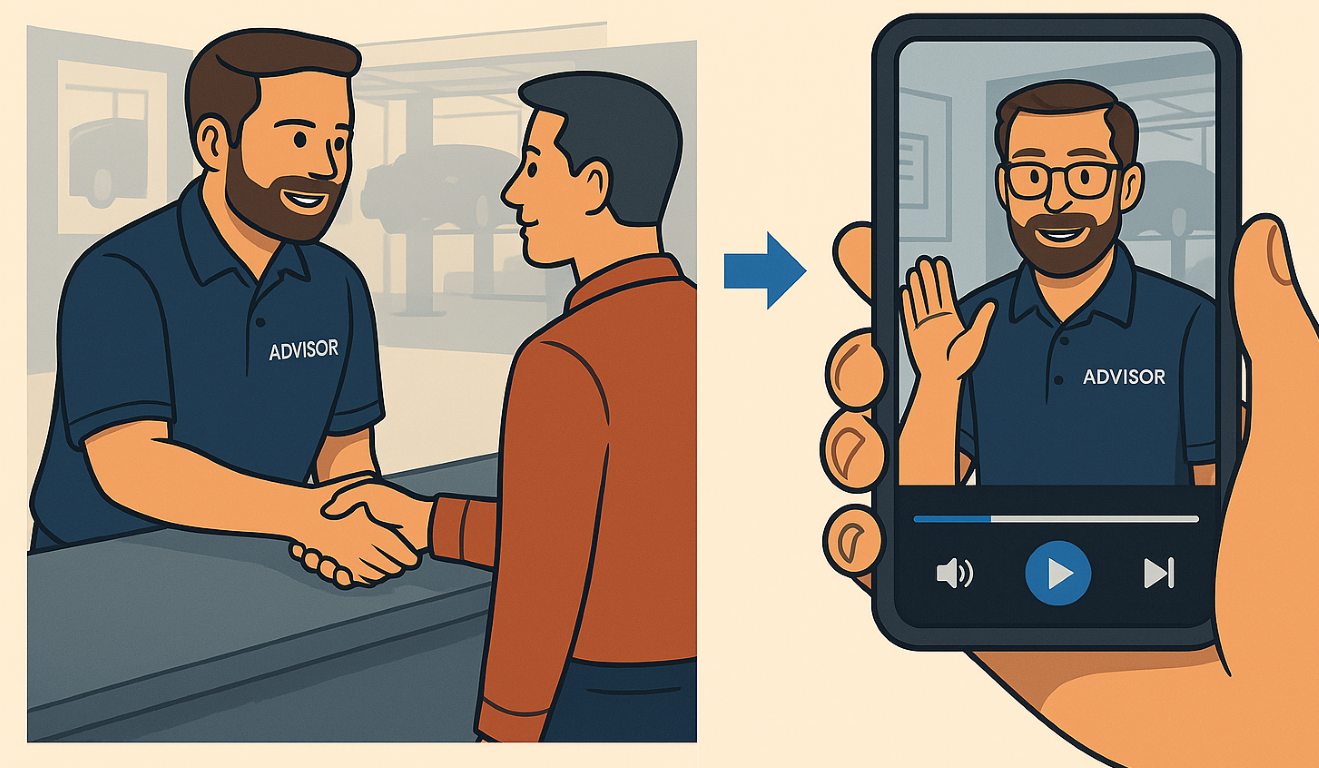Page load speed refers to the time it takes for a webpage to fully display its content to users. It's a critical factor in user experience and plays a significant role in SEO. Faster loading pages not only keep visitors engaged but also positively influence search engine rankings.
Optimizing your website for better SEO involves a multi-faceted approach: diagnosing and improving page speed with tools like GTMetrix and WebPageTest, understanding the critical role of user data and engagement, and focusing on key Core Web Vitals metrics.
While page speed is important, it's just one piece of the puzzle, as evidenced by high-ranking sites with lower performance scores.
.jpeg?width=374&height=374&name=A%20detailed%20image%20in%20a%20similar%20design%20style%20to%20the%20previous%20ones%2c%20depicting%20a%20rocket%20taking%20off%20to%20represent%20fast%20page%20load%20speed%20(Small).jpeg) 1. Diagnose Your Page Speed
1. Diagnose Your Page Speed
Understanding and improving your website's page speed is crucial. Use tools like GTMetrix or WebPageTest to diagnose factors affecting your page speed and overall performance. These tools provide detailed insights and actionable recommendations to enhance your site’s loading time.
2. User Data as a Primary Ranking Factor
User data has been identified as a primary ranking factor in Google Search. The more users interact with your website, the better it performs in search rankings. Rand Fishkin emphasizes the importance of this, noting:
"If you're not changing anything about how you do SEO following the Google Leak... You're not paying attention. I'm not even in search, and I'm changing a whole heap of tactics and strategy! New post & video on SparkToro with details."
3. Page Speed is Not the Only Ranking Factor
It's important to remember that page speed is just one of many ranking factors. For example, YouTube, a Google-owned platform, has low-performance scores (27 on mobile and 39 on desktop) but still ranks highly due to its valuable content and high user engagement. This demonstrates that while page speed is important, it's not the sole determinant of search ranking.
4. Core Web Vitals Metrics
Evaluate your Core Web Vitals, which include metrics like Largest Contentful Paint (LCP), First Contentful Paint (FCP), and Cumulative Layout Shift (CLS). These metrics are crucial for understanding user experience and directly impact your Google Search rankings. Focus on optimizing these specific metrics rather than solely aiming for a high overall performance score.
.jpeg?width=378&height=378&name=An%20hourglass%20with%20the%20sand%20running%20quickly%20to%20represent%20(Small).jpeg) 5. Continuous Improvement of Page Speed
5. Continuous Improvement of Page Speed
We are constantly working to improve our clients' website page speeds. This involves regular testing and optimization to ensure that sites load quickly and provide a smooth user experience.
This week, we are testing an alternative to Google Tag Manager. While Tag Manager simplifies the loading of tracking codes like Google Analytics and our Call Tracking Platform code, any additional tags can impact page speed. Finding the right balance between functionality and performance is key.
In summary, optimizing your website for better SEO involves a multi-faceted approach: diagnosing and improving page speed with tools like GTMetrix and WebPageTest, understanding the critical role of user data and engagement in search rankings, and focusing on key Core Web Vitals metrics. While page speed is important, it's just one piece of the puzzle, as evidenced by high-ranking sites with lower performance scores. Continuous improvement and strategic testing, such as evaluating alternatives to Google Tag Manager, are essential to maintaining a competitive edge in search results and providing a top-notch user experience.
About the Author
Adam Kushner
Adam Kushner grew up in his family’s repair shop and worked every role—from lead tech to operations. In 2013, he founded Business Actualization™ to help auto repair shops grow through marketing that actually aligns with shop realities. Today, Adam leads a team of industry-savvy professionals and continues to consult with his family’s shop, combining deep shop knowledge with progressive marketing execution.

.png)

.png)